The nuptiality and fertility in Spain have changed over the last decades
- Author: INE Spain
- Data extracted in June 2015.
This article on marriages and births is part of a pilot project implemented by Eurostat together with eight Member States (Estonia, Spain, Latvia, Croatia, the Netherlands, Romania, Slovenia and Sweden). The aim of the pilot project is to better reply to user's needs by complementing the Eurostat article presenting data on an EU level with more detailed information on the same topic, but at national level. Articles from the eight Member States are available in the corresponding national languages as well as in English and they form, together with the Eurostat article, an online publication.
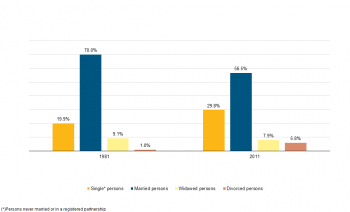
Figure 1: Population over 20 years of age according to their marital status in Spain
Source: Census 2011, INE
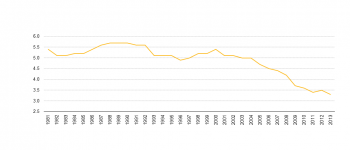
Figure 2: Evolution of crude marriage rate in Spain, 1981-2013
Source: INE

Figure 3: Mean age at first marriage in Spain
Source: INE
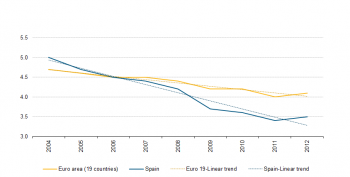
Figure 4: Crude marriage rate
Source: INE
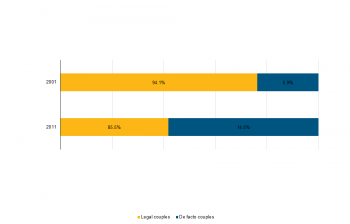
Figure 5: De facto and legal couples in Spain 2001-2011
Source: Censos de Población y Viviendas INE
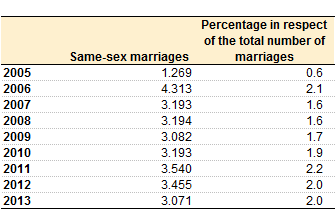
Table 1: Same sex marriages in Spain
Source: Marriage statistics- Vital Statistics, INE

Figure 6: Crude divorce rate in Spain
Source: INE

Figure 7: Crude birth rate in Spain, 1981-2013 (per 1 000 inhabitants)
Source: INE
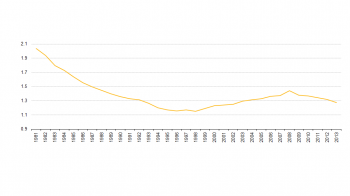
Figure 8: Fertility rate, 1981-2013, average number of children per woman in Spain
Source: INE
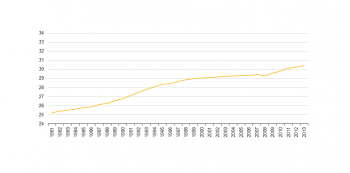
Figure 9: Average age of women at their first child in Spain
Source: Indicadores Demográficos Básicos, INE
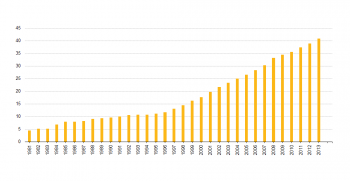
Figure 10: Proportion of live births outside marriage, 1981-2013
Source: Indicadores Demográficos Básicos, INE
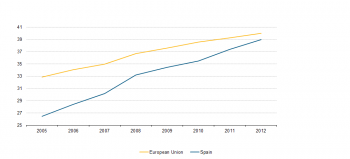
Figure 11: Proportion of live births outside marriage, EU-Spain, 2005-2012
Source: Indicadores Demográficos Básicos, INE
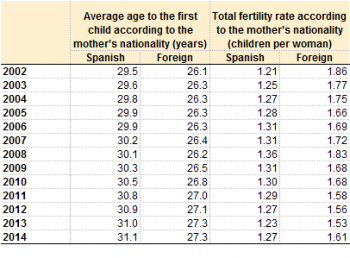
Table 2: Increased incidence of fertility due to the contribution of foreign population
Source: Indicadores Demográficos Básicos, INE
Main statistical findings













